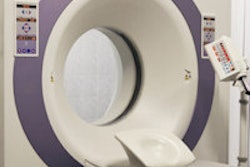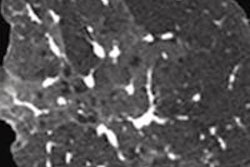Tuesday, December 2 | 10:50 a.m.-11:00 a.m. | SSG04-03 | Room E350
Liver lesions are always a challenge to visualize with CT, and iterative reconstruction improves conspicuity in the liver and other regions. How does the latest algorithm stack up against an earlier iteration?Researchers compared a third-generation scheme, known as advanced modeled iterative reconstruction (ADMIRE, Siemens Healthcare), with its second-generation predecessor, sinogram-affirmed iterative reconstruction (SAFIRE, Siemens).
"The main focus of our study was to explore whether the new generation of commercially available iterative reconstruction algorithms for CT is comparable to the last generation of sinogram-affirmed iterative reconstruction," Dr. Fabian Morsbach, from University Hospital Zurich, told AuntMinnie.com.
Patients underwent standard abdominal portal-venous phase CT. Radiologists admired the superior image quality of the newer algorithm, especially when the level of the new software was set at the highest points. This presentation will report on several aspects of image quality and lesion conspicuity.
"The clinical implications [are] that more radiologists would feel comfortable using iterative reconstruction algorithms in the future, even for higher strength levels," Morsbach said.



















